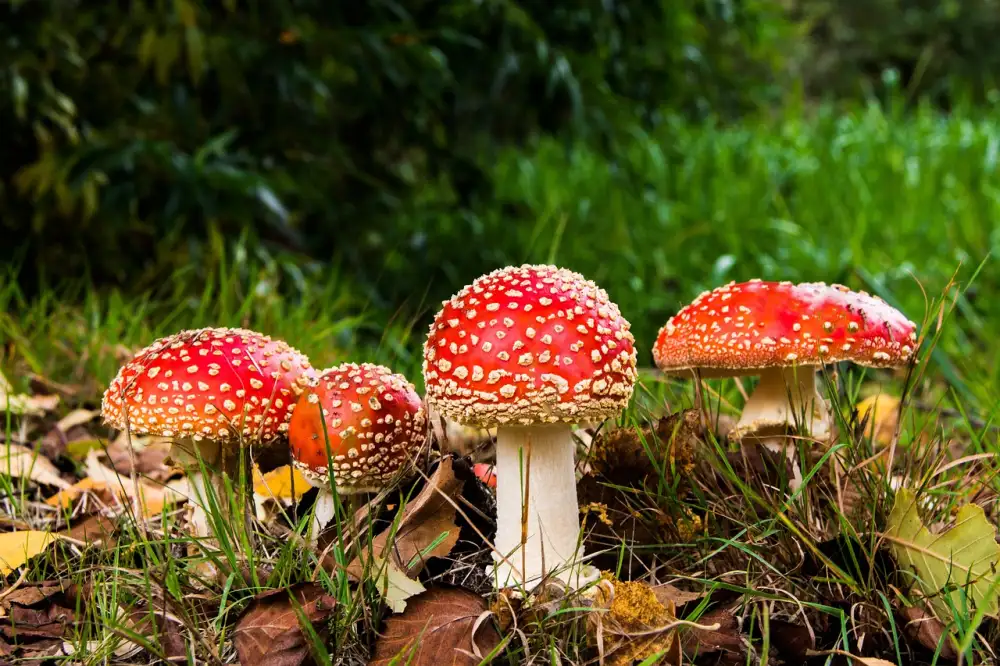Say Goodbye to Fruit Flies: DIY Fruit Fly Trap for Your Home

Fruit flies, those pesky little creatures that seem to materialize out of thin air, can quickly become a nuisance in our homes. These tiny insects are attracted to ripened fruits and vegetables, as well as sugary substances like juices and sodas. Their ability to reproduce rapidly makes it even more challenging to get rid of them once they invade our living spaces. Not only are fruit flies annoying, but they can also contaminate our food and spread bacteria. If you're tired of swatting at these persistent pests, it's time to take matters into your own hands and create a DIY fruit fly trap that will help you say goodbye to these unwelcome guests for good.
Benefits of using a DIY fruit fly trap
Using a DIY fruit fly trap offers several benefits for homeowners. Firstly, it is a cost-effective solution compared to buying commercial traps. Most of the materials needed can be found around the house or easily purchased at a low cost. Secondly, DIY traps are environmentally friendly as they do not contain harmful chemicals that could potentially harm pets or children. Additionally, homemade traps are customizable and can be made with natural ingredients such as vinegar or fruit juice, which attract fruit flies effectively. Lastly, using a DIY fruit fly trap allows homeowners to take control of their pest problem and eliminate fruit flies without relying on expensive exterminators or harmful pesticides.
Materials needed for a homemade fruit fly trap
To make a homemade fruit fly trap, you will need a few simple materials that are likely already in your kitchen. Here's what you'll need:
1. A small glass or jar: Choose a container with a narrow opening to prevent the flies from escaping once they're trapped.
2. Apple cider vinegar: Fruit flies are attracted to the sweet smell of apple cider vinegar, making it an effective bait for your trap.
3. Dish soap: Adding a few drops of dish soap to the apple cider vinegar will help break the surface tension and ensure that the flies drown when they land in the trap.
4. Plastic wrap or cling film: This will be used to cover the top of the jar and create a barrier for the fruit flies.
5. Toothpick or fork: You'll need this to poke holes in the plastic wrap, allowing the fruit flies to enter but not escape.
With these basic materials on hand, you'll be ready to tackle those pesky fruit flies and reclaim your home from their buzzing presence.
Step-by-step instructions on how to make a DIY fruit fly trap
Step 4: Step-by-step instructions on how to make a DIY fruit fly trap
1. Start by taking a small glass jar or container with a tight-fitting lid. Make sure the opening is wide enough for the flies to enter.
2. Pour about half an inch of apple cider vinegar into the jar. The strong smell will attract the fruit flies.
3. Add a few drops of dish soap to the vinegar. This will break the surface tension and prevent the flies from escaping.
4. Cut a small piece of plastic wrap, large enough to cover the opening of the jar. Secure it tightly with a rubber band.
5. Take a toothpick and poke several small holes in the plastic wrap. These holes will allow the fruit flies to enter but make it difficult for them to escape.
6. Place your homemade fruit fly trap in areas where you have noticed high fly activity, such as near ripe fruits or garbage bins.
7. Check your trap regularly and empty it as needed. Fruit flies can multiply quickly, so it's important to keep up with maintenance.
Remember, consistency is key when using a DIY fruit fly trap. Repeat these steps as necessary until you notice a significant reduction in fruit fly population in your home.
Tips for effectively using the fruit fly trap
1. Place the trap near areas where fruit flies are commonly found, such as the kitchen or dining area.
2. Make sure to change the bait regularly to keep it fresh and enticing for the fruit flies.
3. Keep the trap away from other food sources to avoid attracting more fruit flies.
4. Check the trap daily and remove any captured fruit flies to prevent them from escaping or breeding.
5. If you notice an increase in fruit fly activity, consider making multiple traps and placing them strategically around your home.
6. Avoid using strong-smelling cleaning products near the trap, as they may deter fruit flies from entering.
7. Be patient! It may take some time for the trap to start capturing fruit flies, but with consistent use, you will see a significant reduction in their numbers.
By following these tips, you can effectively control and eliminate fruit fly infestations in your home using a DIY fruit fly trap.
Maintenance and cleaning of the homemade fruit fly trap
Maintenance and cleaning of the homemade fruit fly trap are essential to ensure its effectiveness. Regularly check the trap for any trapped fruit flies and dispose of them properly. Empty the trap and clean it with warm soapy water to remove any residue or debris. Rinse thoroughly and allow it to dry completely before refilling it with fresh bait. It is recommended to clean the trap at least once a week or as needed, depending on the level of fruit fly activity in your home. By maintaining and cleaning your DIY fruit fly trap, you can keep it working efficiently and continue to enjoy a fruit fly-free environment in your home.
In conclusion, DIY fruit fly traps are a simple and effective solution to the annoying fruit fly problem in homes. Not only are they easy to make, but they also use common household items, making them a cost-effective option. By following the step-by-step instructions and using the trap correctly, you can significantly reduce the number of fruit flies in your home. Remember to regularly clean and maintain the trap for optimal results. Say goodbye to fruit flies and enjoy a pest-free environment with your homemade fruit fly trap!
Published: 10. 12. 2023
Category: Home



